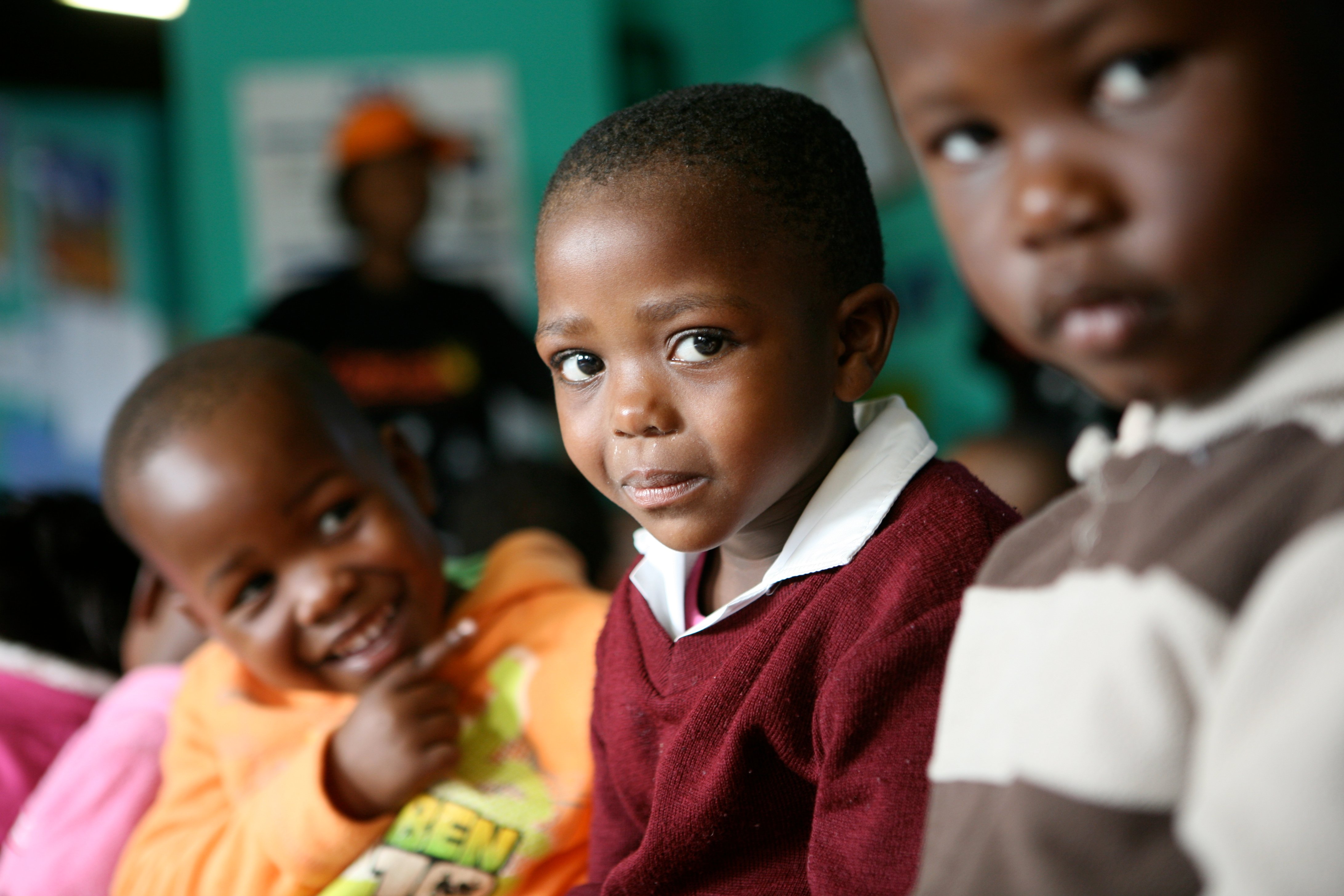The World Bank’s six-monthly economic update for South Africa, released on 24 July, features findings from a study that compared the inequality of opportunities for South African children with their peers in other middle-income countries and found that South Africa is lagging behind on a number of key indicators.
The report uses the Human Opportunity Index (HOI), which is the coverage rate of a particular basic service adjusted according to how equitably the service is distributed among different population groups, to compare opportunities among children. The authors found that while school attendance for children under 15 and access to telecommunications were nearly universal, provision of water, sanitation, health insurance and completion of primary school on time varied considerably depending on a child’s circumstances.
Speaking at the launch of the report, Ambar Narayan, a lead economist with the World Bank and co-author of the report, explained that location - whether a child lives in a township, urban or rural area - emerged as the most important factor, particularly for opportunities relating to infrastructure.
Education of the household head was the second most important factor, while gender only appeared to matter in relation to finishing primary school on time. Race alone was not a major factor but Narayan pointed out that socioeconomic circumstances often correlated with race.
The study found that children’s access to safe water and improved sanitation were lower and much more influenced by circumstances in South Africa than in most Latin American countries, except for the poorest ones.
Although almost all South African children aged 10-14 attend school, many do not complete school on time – an indication that school quality varies considerably more than in most Latin American countries and even in a number of African countries such as Kenya, Namibia, Nigeria and Zambia.
Narayan emphasized that “just improving coverage [of basic services] for all is not enough”; policymakers need to focus more on improving service provision for the most deprived groups.
Unequal access to jobs
In terms of providing employment opportunities, South Africa also performed poorly compared to other middle-income countries, not only due to its high levels of unemployment, which increased from 22 percent in 2008 to 25 percent currently, but as a result of highly unequal access to the limited jobs available.
The report looked at how circumstances of birth leading to unequal opportunities in childhood impact an individual’s chances of finding work in a shrinking labour market, and found that young job-seekers, particularly those living in townships and rural areas, are at a significant disadvantage.
“Something is going on which excludes young people [from the labour market] much more than in other countries,” commented Sandeep Mahajan, another World Bank lead economist.
The legacy of the apartheid system left South Africa with a very high inequality base, noted Mahajan, but the country has made less progress in expanding opportunities over the last decade than the majority of Latin American and sub-Saharan countries with comparable levels of inequality.
“Some of the embedded inequities haven’t been addressed,” he said.
Learning from Brazil
Arden Finn, a researcher with the University of Cape Town’s Southern African Labour and Development Research Unit, has looked at Brazil - a country that has had success in tackling its historically high levels of inequality - for clues as to how South Africa could also advance.
| Read more |
Why large investments in South Africa’s education sector have not paid similar dividends remains unclear, but it has left the country with a mismatch between the types of skills needed by the labour market and those available.
The World Bank report does not make specific recommendations for reducing South Africa’s high levels of inequity, but urges policymakers to make use of the HOI, as a number of countries in Latin America already have, as “a powerful tool to measure and track a society’s progress on equitable distribution of basic opportunities” and better target social policies.
“We know from international experience, there are no easy answers,” Mahajan told IRIN. “Where we’re seeing positive results in Latin America, it didn’t happen in one year. There need to be more diagnostics and many stakeholders need to come together.”
ks/cb
This article was produced by IRIN News while it was part of the United Nations Office for the Coordination of Humanitarian Affairs. Please send queries on copyright or liability to the UN. For more information: https://shop.un.org/rights-permissions





